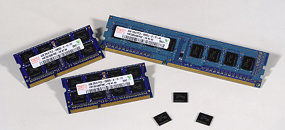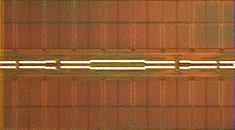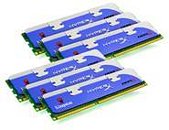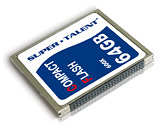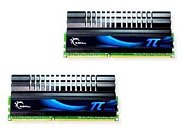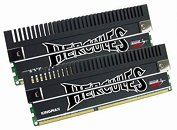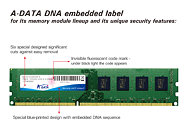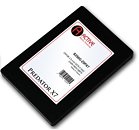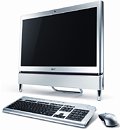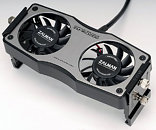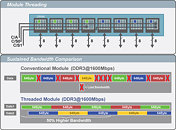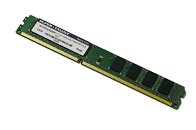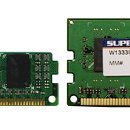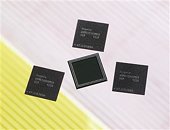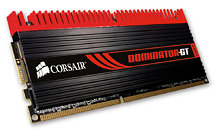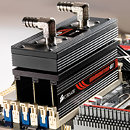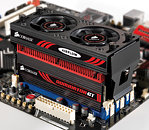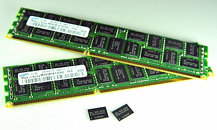Hynix Announces the Intel Validation of 40nm Class 2Gb DDR3 Products
Hynix Semiconductor, Inc. has announced the Intel validation of 2Gb (Gigabit) DDR3 DRAM using 40nm class process technology.
Hynix's newly validated products are 2Gb DDR3 SDRAM component, 4GB (Gigabyte) DDR3 SODIMM (Small Outline Dual In-line Memory Module) and 2GB DDR3 UDIMM (Un-buffered Dual In-line Memory Module) at the operating speed of 1333MHz with 1.5V power supply.
The products can offer the maximum data transfer speed of 1867MHz with 16-bit I/O and 3.7GB/s (Gigabytes per second) bandwidth. The productivity of Hynix's 40nm class 2Gb DDR3 is increased by more than 60% over 50nm class process technology.
Hynix's newly validated products are 2Gb DDR3 SDRAM component, 4GB (Gigabyte) DDR3 SODIMM (Small Outline Dual In-line Memory Module) and 2GB DDR3 UDIMM (Un-buffered Dual In-line Memory Module) at the operating speed of 1333MHz with 1.5V power supply.
The products can offer the maximum data transfer speed of 1867MHz with 16-bit I/O and 3.7GB/s (Gigabytes per second) bandwidth. The productivity of Hynix's 40nm class 2Gb DDR3 is increased by more than 60% over 50nm class process technology.
